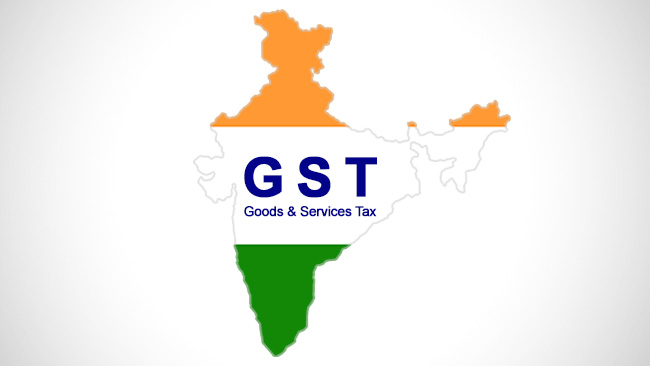One-nation Goods and Services Tax implementation simplifies range of overlapping consumption taxes
India has implemented a Goods and Services Tax on 1 July 2017. It is administered by the Central Board of Indirect Taxes & Customs (CBIC). It is operated by the Goods and Services Tax Network (GSTN), a non-government collaboration between government, IT providers and commerce. This includes running the GST portal. India is phasing in live e-invoice reporting by April 2021.
Below are key facts:
India VAT rates
There are seven rates applicable to goods, and five to services. The four main rates are: 18%; 12%, 5% and a luxuries 28%. Their application is determined by a ‘positive list’ of hundreds of goods and services which are subject to frequent change. There is also 3% and 0.25% for some limited range of goods. There are also zero-rated and exempt supplies. India imposed 1% e-commerce withholding charge from October 2020.
From April 2020, India has extended its non-resident equalisation levy to e-commerce sellers and marketplaces. India is considering reducing from four to three main GST rates in 2022. Sign-up for VAT Calc’s FREE global VAT and GST news e-mail updates.
There is a 5-year CESS charge some transactions following the 2017 introduction of GST to equalise redistribution of taxes between the Central (federally) and the 28 states.
How Central, State and Integrated GST work
Both the Central government and local States have the right to charge and share GST raised. This is based on the pre-July 2017 indirect taxes which were levied by both. They are referred to Central GST (CGST) and State GST (IGST), respectively. They are combined as Integrated GST (IGST). For simplicity, when GST is referred to, it generally means IGST. The taxes are combined for easy of management and reporting, and to prevent double taxation. For example, if the applicable GST rate is 18%, then as follows:
- Interstate (between two states) supplies: 18% IGST
- Intra-state (inside one state) supplies: 9% CGST plus 9% SGST = 18%
India e-invoicing 2021
India is phasing in electronic invoice reporting between 2020 and 2021. This is a B2B pre-clearance model for all businesses above the INR 50 core (approx: €6m; USD7m) reporting threshold. E-invoicing is part of the GSTN portal tax reporting interface. For B2C invoices, a QR Code must be included in any invoice by a supplier with an annual turnover above ₹500 crores (approx: €57m; USD67m).
Non-residents GST obligations
Foreign businesses without a permanent establishment in India may be obliged to GST register where they intend to provide taxable supplies for a fixed period of time. This includes the requirement to make a financial deposit covering the forecast GST liabilities for the period applied for. There is a separate GST return, GSTR-5, for non-residents – see below. This allows for limited input GST credits, particularly for import GST suffered. Digital service providers have a special ‘Online information database access and retrieval’ (OIDAR) regime. This requires the appointment of a resident Indian GST agent.
GST returns
There are many types of GST returns required to be filed on the GSTN. Below are the main ones:
- GSTR-1: monthly sales of goods and services due by 10th of the following mon. There is a quarterly filing scheme for small taxpayers – Quarterly Return Filing and Monthly Payment of Taxes (QRMP)
- GSTR- 2: monthly statement of purchases due by 15th of the following month.
- GSTR-3: monthly consolidated GST return due by the 20 of the subsequent month.
- GSTR-4: quarterly return for composition levy
- GSTR-5: monthly return for non-residents due by the 20th of the subsequent month
- GSTR-5A: monthly return for non-resident suppliers of digital services to Indian consumers ‘Online information database access and retrieval’ (OIDAR)
Preparing India GST returns can be challenging. VAT Calc’s single platform VAT Filer can accurately complete any country filings with verified transactional data from our VAT Calculator or VAT Auditor integrated tools.
Indian e-Way bills
There is a separate electronic reporting regime from April 2018 for the movement of goods above Rs 50,000 in India. This is known as e-Way bills, and is now part of GSTN. E-way bills must be raised before goods are transported




